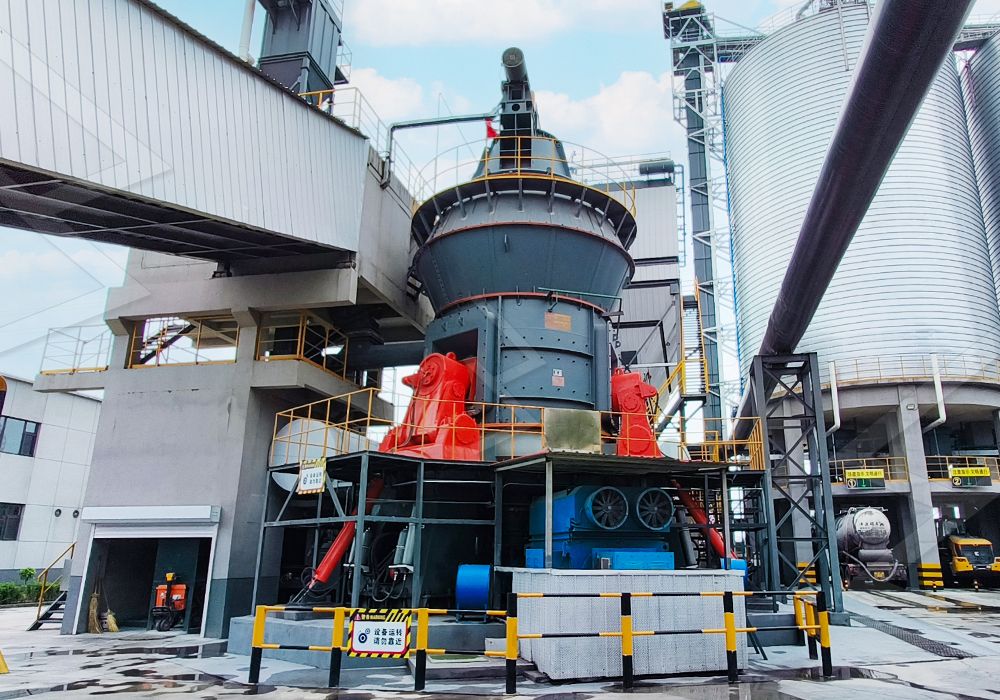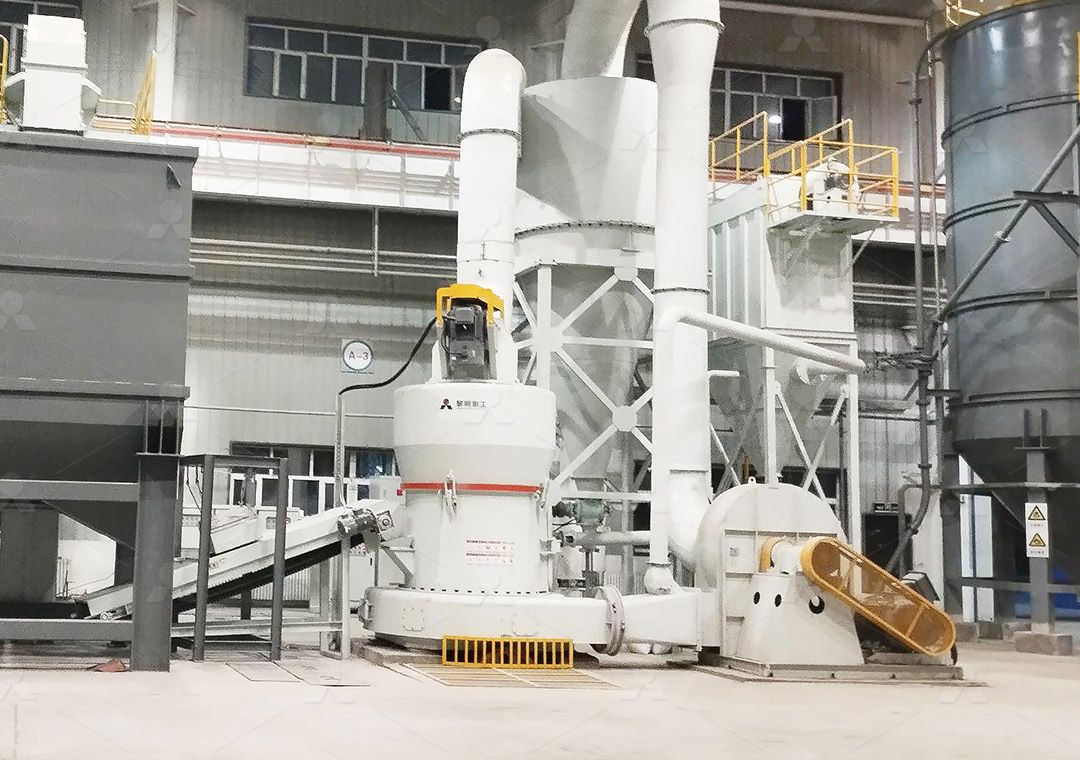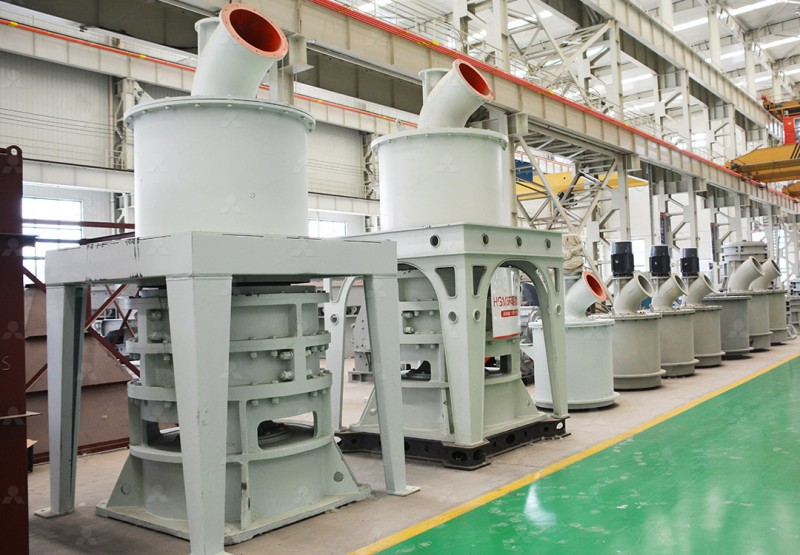Maintenance and Troubleshooting Guide for Lime Kiln Coal Mills
Introduction
Proper maintenance of coal mills is absolutely critical for the efficient and reliable operation of your lime kiln. A poorly maintained mill can lead to inconsistent coal fineness, reduced combustion efficiency, increased energy consumption, and unscheduled downtime. This guide outlines common issues and best practices to keep your milling operation running smoothly.

Common Operational Issues & Troubleshooting
1. Reduced Grinding Capacity & Output
Symptoms: Mill motor amperage decreases, product fineness becomes inconsistent, difficulty maintaining desired feed rate.
Potential Causes:
- Worn grinding elements (rollers, tires, balls)
- Incorrect damper or classifier settings
- Foreign material (tramp metal) in the grinding zone
- Insufficient or poor quality primary air flow
Solutions: Inspect and measure wear parts regularly. Rebuild or replace according to manufacturer’s tolerances. Verify primary air fan operation and clean air ducts. Check classifier blades for wear and ensure they are adjusted correctly.
2. Excessive Mill Vibration
Symptoms: High vibration readings, unusual noises, potential damage to foundations or bearings.
Potential Causes:
- Uneven feed or erratic feed rates
- Improper roller alignment or pressure
- Worn or failed bearings
- Hard, non-grindable material in the mill
- Imbalance in rotating components
Solutions: Ensure a consistent, steady feed rate. Check hydraulic pressure settings on grinding rollers. Perform regular vibration analysis to detect bearing failures early. Install metal detectors and magnets on feed conveyors to prevent tramp iron.

3. Poor Product Fineness & Classification
Symptoms: Inability to achieve target fineness (e.g., % passing 200 mesh), high recirculation loads, increased kiln fuel consumption.
Potential Causes:
- Worn or damaged classifier vanes
- Incorrect classifier speed
- Leaking air seals
- Insufficient grinding pressure
Solutions: Inspect and repair the dynamic classifier. Ensure the drive belt is tensioned correctly and the rotor speed is set per the product fineness requirements. Check all air seals for leaks. For operations requiring ultra-fine and consistent pulverized coal, consider upgrading to a mill with advanced separating technology.
Recommended Product Solution
For facilities looking to upgrade their coal grinding circuit for better efficiency, product quality, and reliability, we highly recommend our MW Ultrafine Grinding Mill. This machine is specifically engineered for customers who need to make ultra-fine powder and is an excellent fit for pulverized coal injection (PCI) systems and other applications requiring precise fineness control.
Its key advantages for coal milling include:
- Higher Yielding, Lower Energy Consumption: Production capacity is 40% higher than jet mills with system energy consumption only 30% of a jet mill. This translates directly to lower operating costs.
- Adjustable Fineness (325-2500 meshes): The German-technology cage-type powder selector allows for precise control over product fineness, crucial for optimal combustion in the kiln.
- Robust & Maintenance-Friendly Design: A significant advantage is the absence of rolling bearings and screws in the grinding chamber, eliminating common failure points. The external lubricating device allows for lubrication without shutdown, supporting continuous 24/7 operation.
- Eco-Friendly Operation: The integrated efficient pulse dust collector ensures no dust pollution, keeping your plant compliant and clean.
With an input size of 0-20 mm and a capacity range of 0.5-25 tph, the MW Mill is a versatile and high-performance choice for modernizing your coal preparation plant.

Preventive Maintenance Checklist
- Daily: Check oil levels, monitor motor amperage and pressure differentials, listen for unusual noises, inspect for leaks.
- Weekly: Inspect classifier blades and internal wear parts via inspection doors, check belt tensions, verify lubrication system operation.
- Monthly: Perform vibration analysis on main motor and fan bearings, take product fineness samples, calibrate instrumentation.
- Annually: Plan a full shutdown inspection. Measure wear part tolerances, overhaul classifier, inspect/replace liner plates, check mill alignment.
Conclusion
A proactive maintenance strategy, centered on understanding common failure modes and implementing regular inspections, is the key to maximizing the availability and performance of your lime kiln’s coal mills. Investing in modern, efficient grinding technology like the MW Ultrafine Grinding Mill can provide a significant step change in reliability, product quality, and overall operational cost savings.
